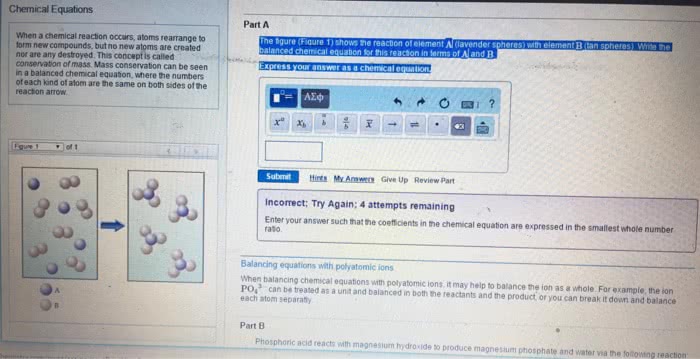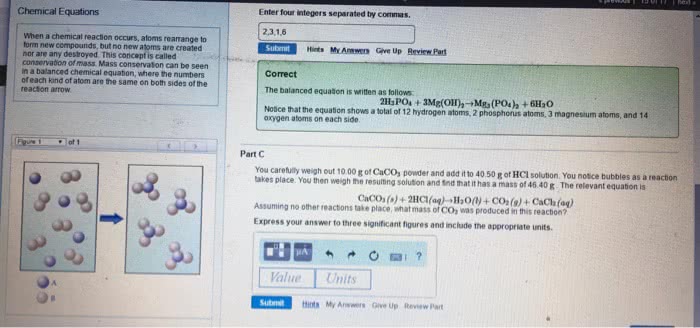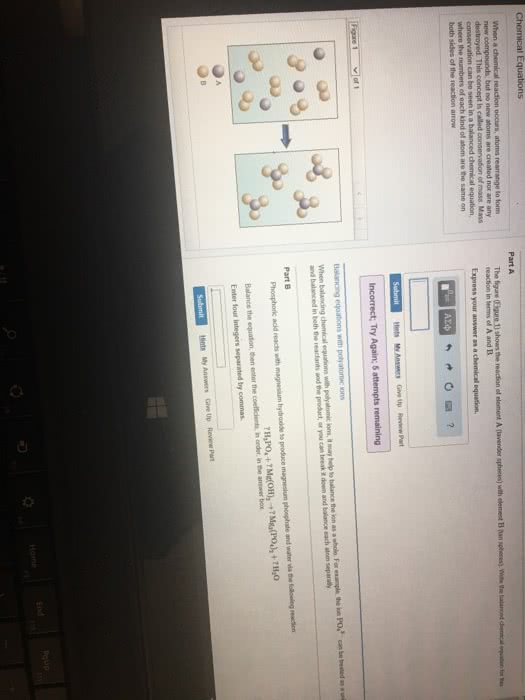CHEM-UA 125 Chapter Notes - Chapter 3.3: Chemical Equation, Stoichiometry
Document Summary
A chemical equation is a statement that uses formulas to express the identities and quantities of substances in a chemical or physical change. Steps for balancing an equation: to present a chemical change quantitatively, the equation must be balanced: the same number of each type of atom must appear in both sides, 1: translating the statement. The substances present before the change, called the reactants, are placed to the left of a yield arrow, which points to the substances produced during the change, called products: 2: balancing the atoms. We match the numbers of each type of atom on the left and the right of the yield arrow. We place a balancing coefficient, a numerical multiplier of all the atoms in the formula that follows it. Start with the most complex substance, the one with the largest number of different types of atoms. End with the least complex substance, such as an element by itself: 3: adjusting the coefficients.




